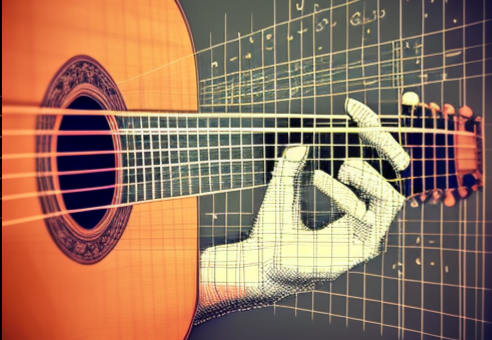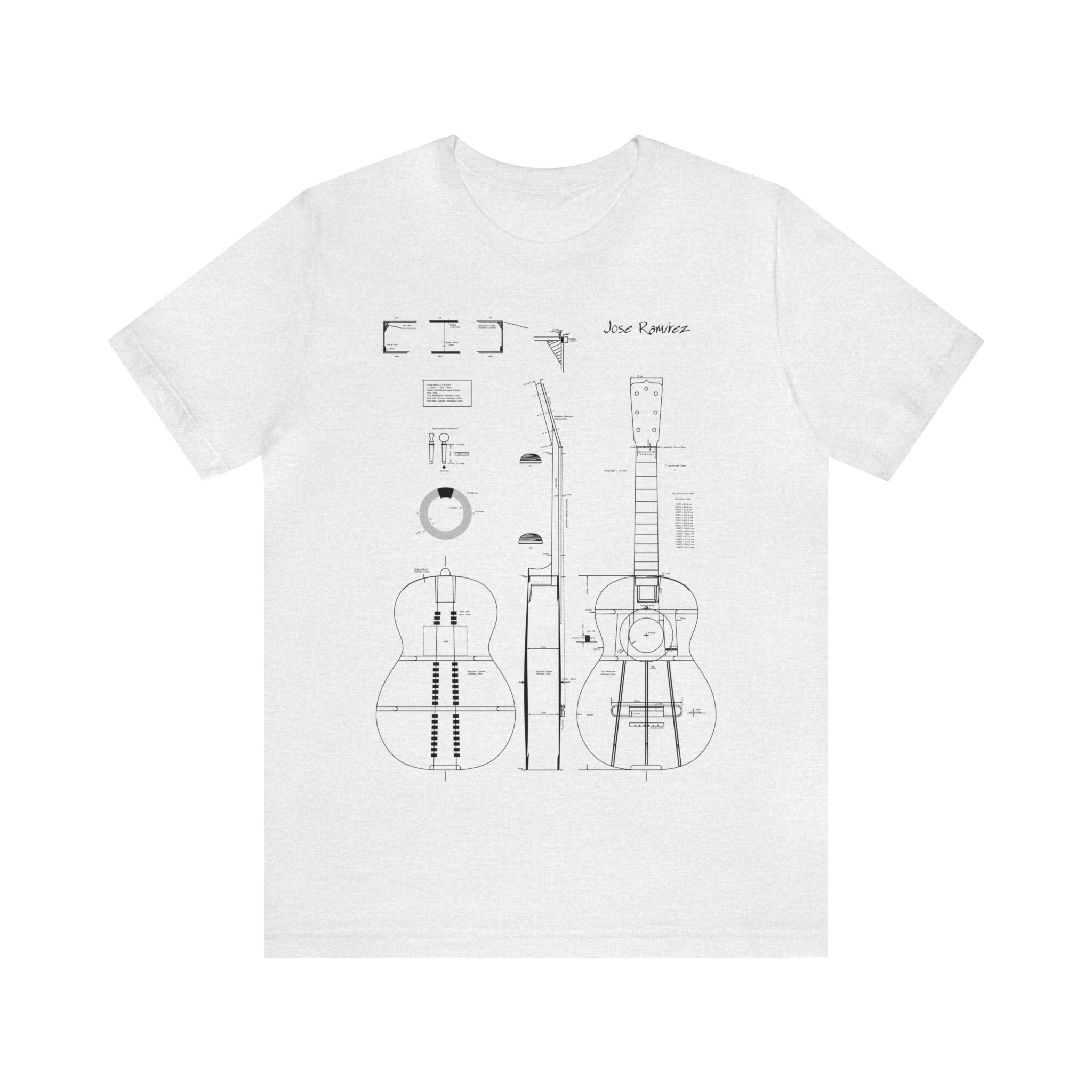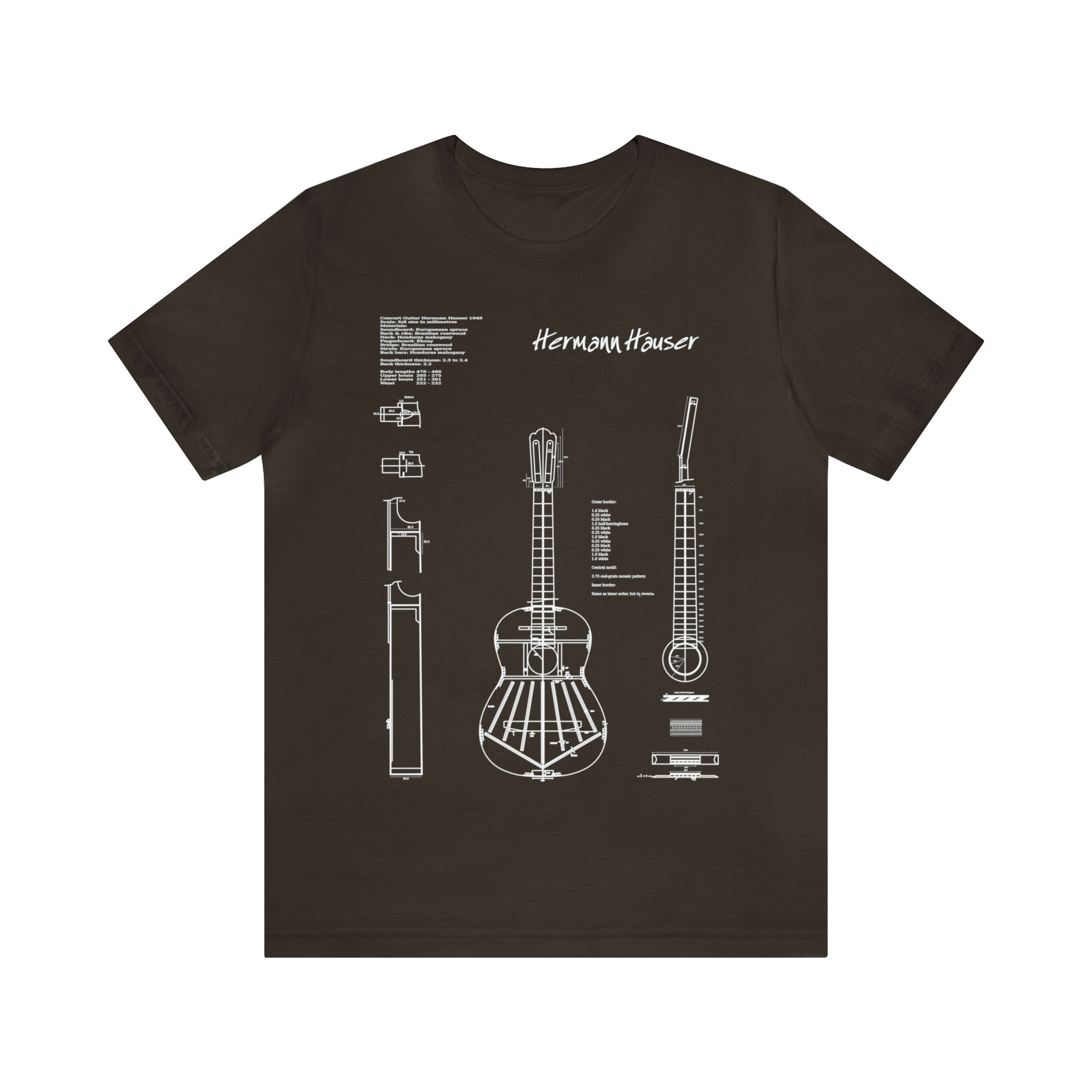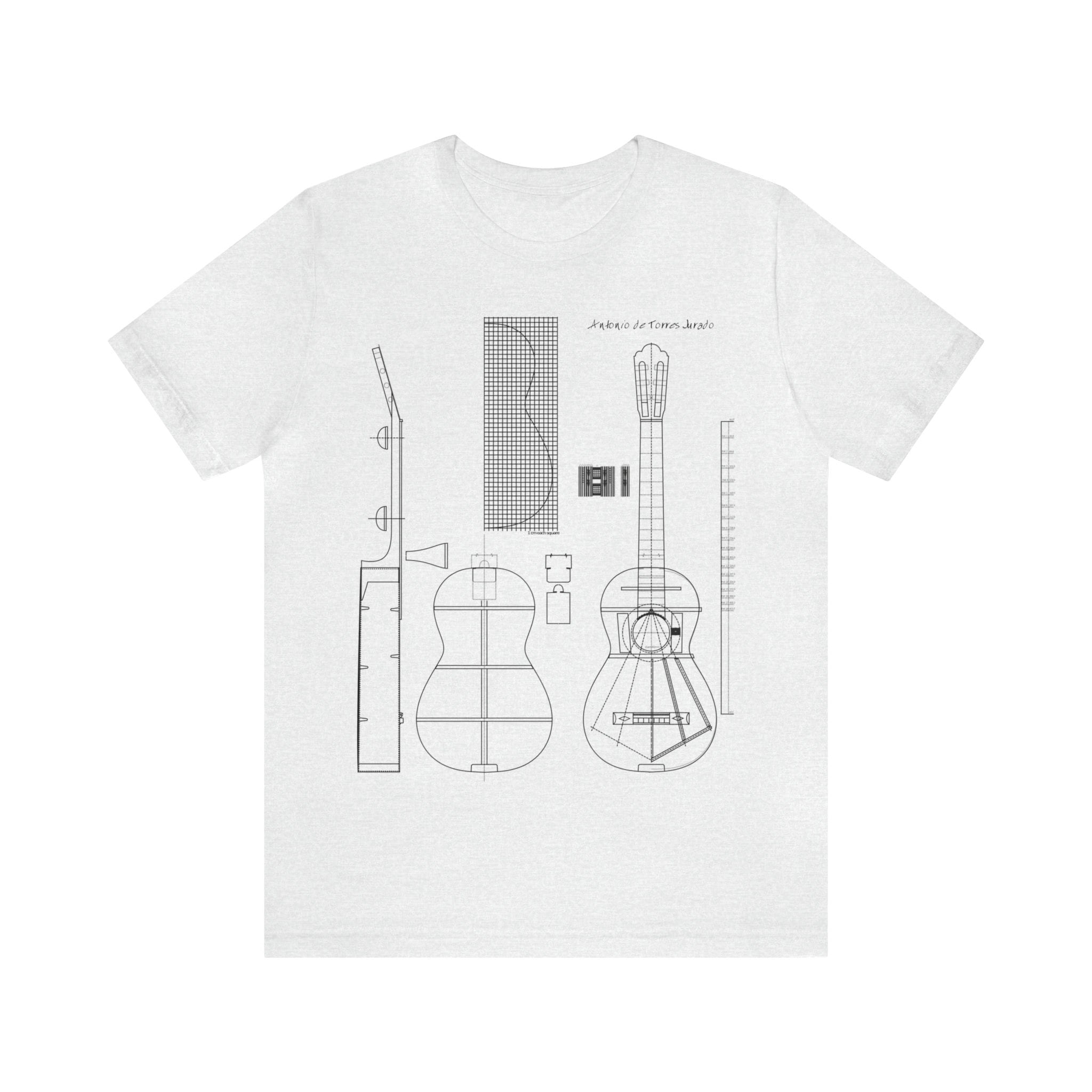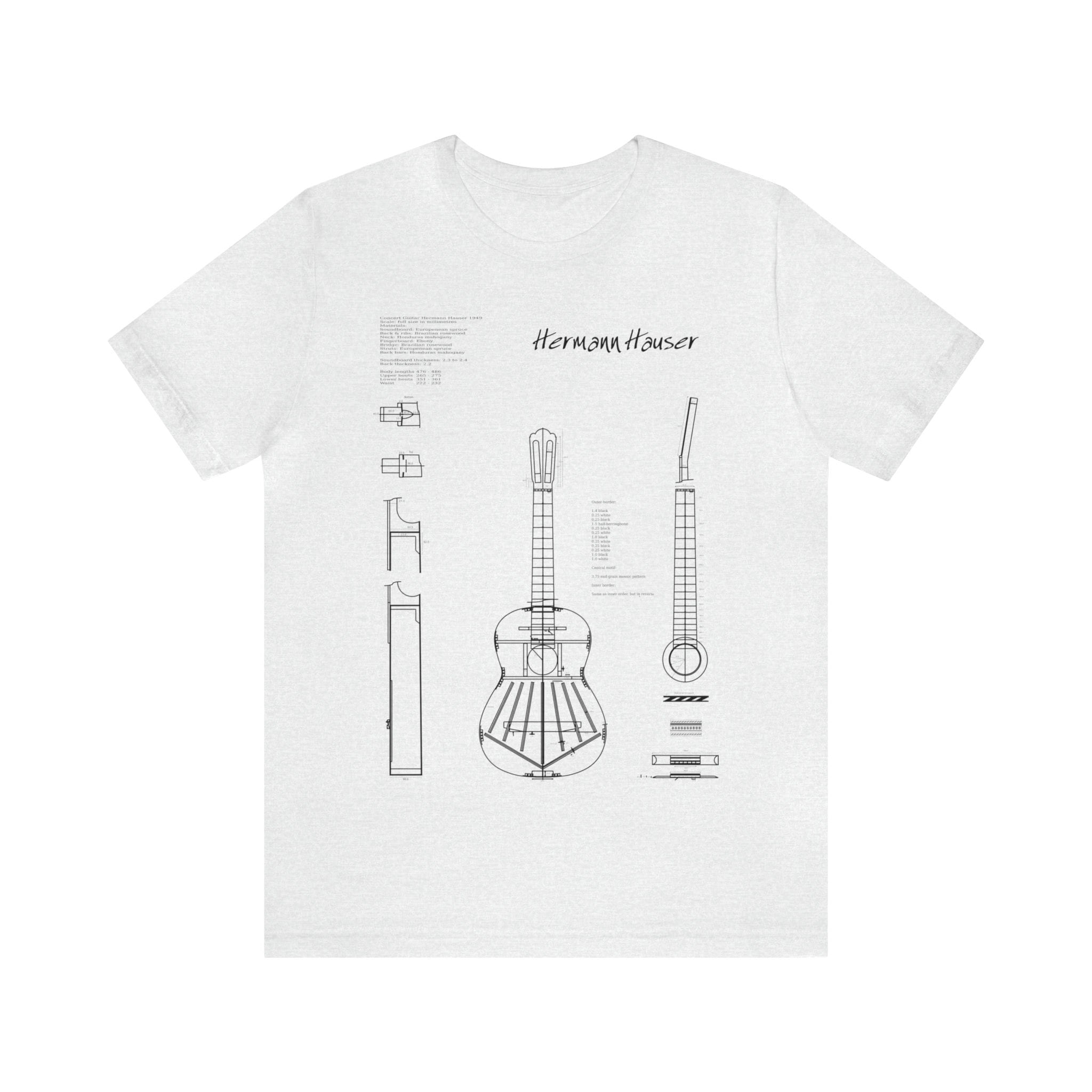The guitar is a beautiful and versatile instrument that can create a wide range of sounds and emotions. However, to produce clean and clear notes, guitarists must learn techniques to avoid string noises and resonances. In this article, we will explore some of these techniques and understand why resonances are also important to consider when playing the instrument.
What are some techniques to avoid string noises when playing guitar, and why are resonances also important to consider when playing the instrument?
String noises on the guitar can be caused by position shifts, portamentos, or any movement where a finger moves on a low string without lifting. These noises are caused by the friction of the horn on the fingertips with the wound string. To avoid this, one should lightly lay the finger on the string in the direction one is going (to the right if going towards the treble and to the left if going towards the bass) so that the part of the finger that touches the string in the shift is without horn. Alternatively, one can prefer to play with the finger a little flat to touch the string with the softest part of it.
Noises caused by the movement of fingers in motion when lifting them are heard when a finger leaves a low string to go either to the right or left to play another note. To avoid these noises, the finger must leave the string before moving to play the next note, and it must be lifted perpendicularly to the string.
Keeping only the necessary fingers on the string is a great technique to avoid unnecessary string noise and improve the clarity of the music. By lifting the fingers that are not being used to play a note, guitarists can prevent unintentional buzzing or ringing of the strings. This technique also helps to develop better finger dexterity and control, which can ultimately lead to a smoother and more polished performance.
Resonances are another problem that guitarists need to consider when playing the instrument. Resonances occur when strings continue to sound when they should be cut or harmonics sound by sympathy, most often in the open bass strings. To cut resonances, one must be attentive and use various techniques. Most of the time, resonances appear in passages where the fingers are already occupied, and it will often require a lot of inventiveness to get rid of them. For the left hand, flattening the fingers more or less is very useful. The most massive resonance cut by this hand will be done by the fleshiest part of the finger, opposite the nail, simply brushing the string to be cut. To stop resonances with a finger already in place, one can lay the finger flat to mute high-pitched strings or “push” the note a little so that the finger touches the string to be muted.
The right hand can also be used to stop resonances. One common technique is called palm muting, where the player uses the fleshy part of the palm to lightly touch the strings near the bridge while picking or strumming. This technique can be used to control the amount of sustain and to prevent unwanted resonances.
The right hand fingers and thumb can also be used to stop resonances. For example, if a player wants to stop the open E string from ringing while playing a chord that does not use the E string, they can lightly touch the E string with the thumb while picking or strumming the other strings with the fingers.
Overall, both the left and right hand can be used to control resonances and prevent unwanted string noises, and it’s important for guitarists to experiment with different techniques to find what works best for them.
Guitarists must pay attention to them to avoid letting these resonances sound and disturb the harmony. Nothing is worse than hearing a guitarist finish their piece with a perfect cadence in A, forgetting to cut the open E in the bass of the dominant chord. Therefore, it is important to educate the ear and read the score carefully to avoid committing these mistakes.
Resonances and string noises can be very disturbing for the listener and can ruin a guitarist’s performance. Therefore, it is essential for guitarists to pay attention to these problems and use techniques to avoid them. By practicing these techniques and educating the ear, guitarists can produce clean and clear notes that showcase the beauty and versatility of this wonderful instrument.
Classical Guitar
